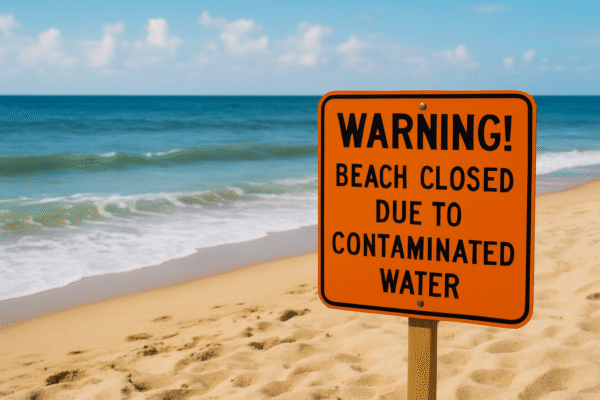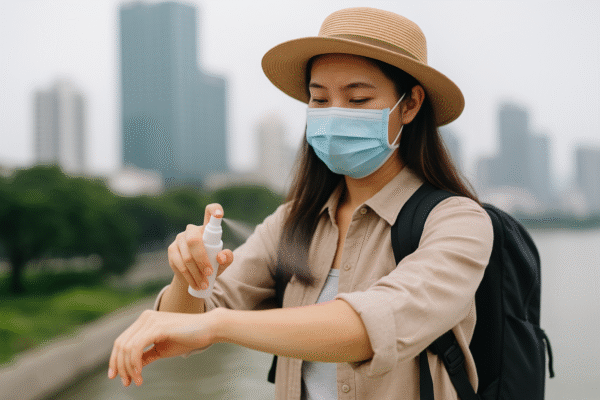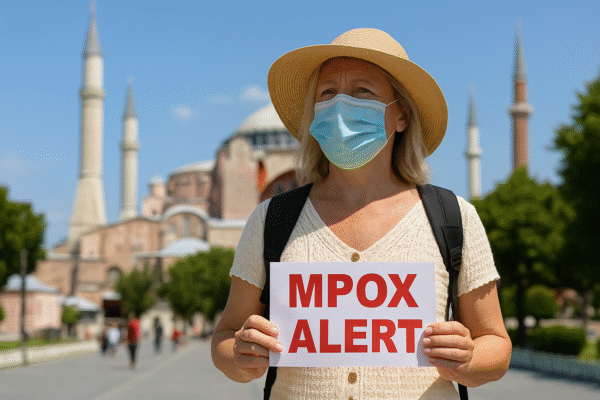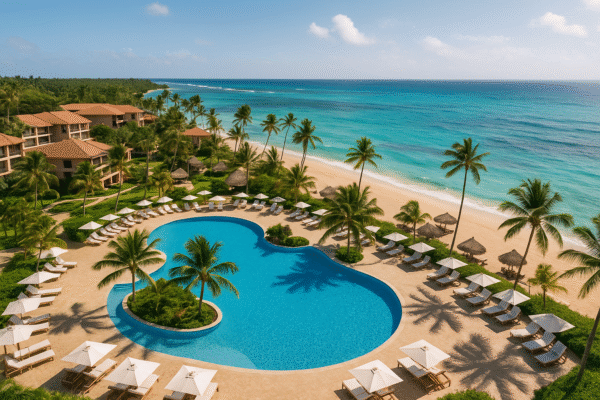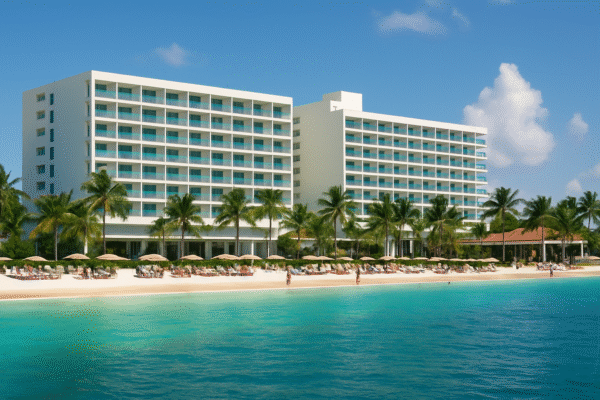As Americans gear up for Labor Day weekend, their much-anticipated final summer swim may come with a warning. Across the nation—from sunny Florida to scenic Maine—a wave of beach advisories is urging caution for swimmers. Elevated levels of fecal bacteria have prompted health officials to issue warnings and, in some cases, close beaches entirely.
The public health concern spans the coastal United States. Destinations such as Florida’s Crystal River, Ogunquit in Maine, Keyes Memorial Beach on Cape Cod, Benjamin’s Beach on Long Island, and portions of Imperial Beach near San Diego are among those under advisories. In Hawaii, Kahaluu Beach Park has also been flagged for high bacterial counts. The warnings stem from fecal contamination, which can cause skin rashes, nausea, and gastrointestinal illness. These advisories come at a time when summer crowds are large and water activities are central to holiday fun.
According to a recent report, 61% of U.S. beaches tested had at least one day with unsafe bacteria levels, with more than 450 beaches recorded as unsafe for swimming at least 25% of days. Polluted runoff from urban areas, outdated sewer systems, and industrial livestock operations are the primary sources of contamination. Experts advise avoiding swimming for 72 hours following heavy rainfall and steering clear of murky or odorous water.
These measures are not unprecedented. Earlier in summer, similar closures occurred around the Fourth of July when tests revealed high levels of bacteria such as E. coli and enterococci, indicators of sewage and stormwater pollution. Now, as Labor Day approaches, the same beach safety protocols are in force.
Take Texas, for example. The Texas General Land Office’s Beach Watch program uses a “stoplight” alert system to categorize water safety. Most beaches, including popular spots like South Padre Island and Galveston, registered low bacterial levels—between 5 to 20 cfu/100 mL—green light territory. However, McFaddin National Wildlife Refuge near Sabine Pass showed elevated levels (146 cfu/100 mL), classified as red, prompting advisories to avoid swimming there.
In North Carolina, environmental authorities issued advisories for five beaches in late August, urging caution rather than issuing full closures. Officials attribute these contamination spikes to heavy rainfall overwhelming stormwater systems and eroding shorelines.
The problem goes far beyond one-off incidents. Environment America’s research indicates that nearly two-thirds of beaches nationwide experienced at least one day of dangerous contamination. The Gulf and West Coasts had the highest frequencies of exceedances, followed by East Coast and Great Lakes sites.
These figures underscore an urgent environmental and infrastructure challenge. Aging sewer systems, urban sprawl, and extreme weather are combining to undermine water quality at recreational beaches. Experts argue that stronger investment in stormwater management and sewage infrastructure could significantly reduce the flow of harmful bacteria into coastal waters.
So what can beachgoers do? Here are some practical tips to stay safe this Labor Day:
- Check local advisories before visiting: Many state and local health departments provide mobile updates or posted signs at beaches.
- Skip the water after storms: Public health leaders recommend avoiding swimming for at least 72 hours following heavy rain to allow contaminants to disperse.
- Watch out for warning signs: Discolored, foamy, or foul-smelling water often signals danger. A posted advisory or sign should be heeded.
- Know your health vulnerabilities: Children, the elderly, pregnant individuals, and those with weakened immune systems are more prone to illness from contaminated water.
- Support water quality efforts: Cleaner beaches depend on community and governmental actions such as improving sewage systems and limiting polluted runoff.
Beyond immediate precautions, the broader context also matters. The BEACH Act, passed in 2000, mandates national standards for regular testing and public notification regarding coastal water quality. Local monitoring and advisory systems are built on that foundation, but they rely on adequate funding—and in many areas, funding has lagged.
In regions like New England, the situation is especially noteworthy. In 2024, a very high share of tested beaches in states like Connecticut, Maine, and Massachusetts marked at least one unsafe day, underscoring the seasonal and regional persistence of the problem.
The silver lining? Many beaches remain safe for swimming. If you stay informed, follow advisories, and choose wisely based on current water quality data, you can still enjoy a refreshing, safe end-of-summer swim.
This Labor Day weekend, pack your beach bag—but don’t overlook the importance of checking water quality. A day of fun in the sun should leave memories for the right reasons, not health risks.
For more travel news like this, keep reading Global Travel Wire





